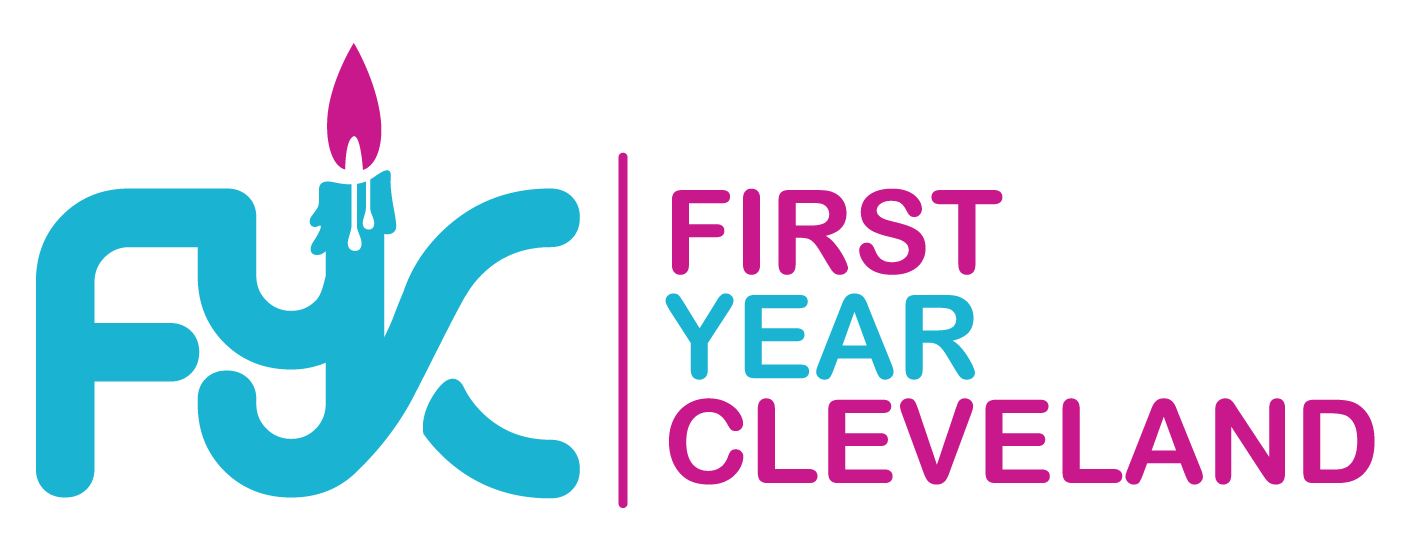Cuyahoga County has one of the highest rates of prenatal care in the state — yet, this area also has one of the worst infant mortality rates, and racial disparities contribute to this alarming statistic.
Many believe that racial disparities in infant mortality only affect women living in poverty, those with limited education and teenagers. However, these disparities are found through all socioeconomic statuses and age groups. In fact, in the past 10 years, only four percent of infants who died were born to teenage mothers.
The majority of premature deaths in Cuyahoga County are African American babies. Most of these infants’ mothers have significant interaction with medical providers, many via private insurance and self-pay rather than Medicaid. According to Dr. Arthur James of the Kirwan Institute for the Study of Race and Ethnicity, one must go as far back as 1975 to find a white infant mortality rate comparable to the 2015 African American rate.
For years, researchers and doctors have been debating the topic of racial disparities in health care. They still struggle to find why African American women in America, no matter their age or socioeconomic status, are more likely to suffer an infant loss.
Most recently, there is a common agreement that the everyday stressors of being an African American woman contribute heavily to these heartbreaking outcomes. This excess stress comes from unavoidable daily occurrences such as implicit bias and structural racism.
Structural racism is deeply embedded into American society and is a potent factor that leads to inequities in the health care system. It goes hand in hand with implicit bias. Implicit bias is an attitude or a stereotype that affects your understanding, actions and decisions unconsciously. Everyone has implicit bias, whether they know it or not.
Unfortunately, implicit bias can affect the way that providers care for their patients — and this factor can contribute to many statistics that illustrate the issue.
Racial disparities in health care affect African Americans of every socioeconomic level.
So, what can we all do to help mitigate the effects of implicit bias on pregnancy and childbirth?
Be aware of your own implicit bias. Implicit biases don’t necessarily always align with our own beliefs or values — they are learned and out of our control. However, these biases are completely susceptible to change.
Project Implicit is a nonprofit organization whose goal is to educate people on their own implicit bias. They’ve created different tests for subjects like racial bias, gender bias, disability bias and many more. Take a few minutes out of your day and take a test to determine your biases. https://implicit.harvard.edu/implicit/selectatest.html
Don’t stop there. After you take the test, find out what you can do to change those biases. Speak up. Share posts like this with family and friends. Connect with organizations like First Year Cleveland on social media, and discuss topics such as structural racism and implicit bias.
Racial disparities are all too relevant in the lives of pregnant women and their infants in our county — however, by taking steps and getting involved, we can make a difference.

